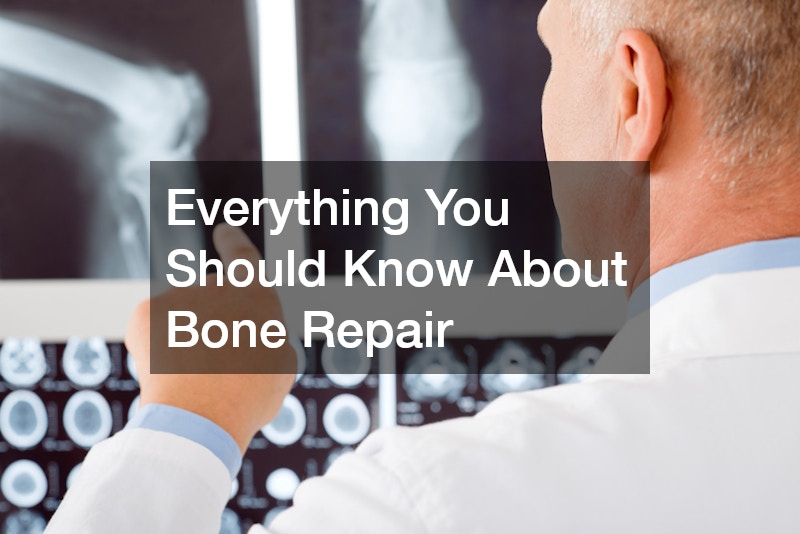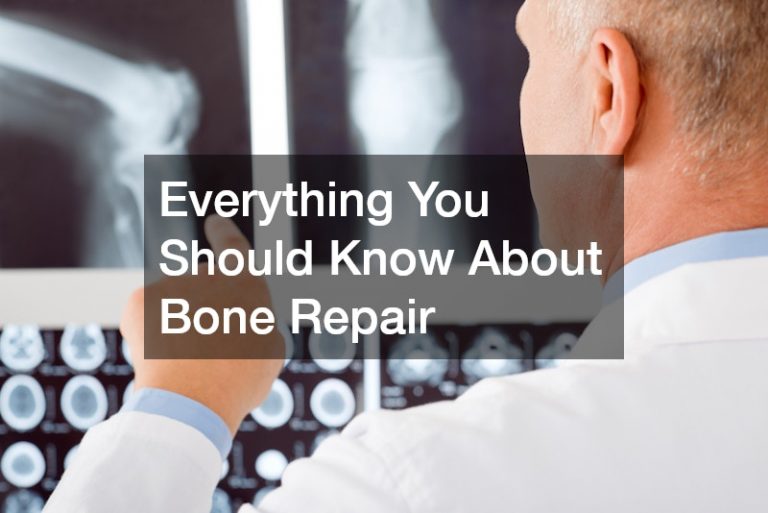Bones are remarkably resilient structures that provide support, protection, and movement to the human body. However, fractures and breaks can occur due to trauma, stress, or medical conditions. When this happens, the body initiates a natural healing process known as bone repair. Understanding how bones heal, the factors influencing recovery, and available medical interventions can help patients and caregivers make informed decisions about treatment.
The Natural Healing Process of Bone Repair
When a bone breaks, the body immediately begins a complex healing process that typically occurs in four stages:
1. Inflammation Stage
Right after a fracture, blood vessels at the injury site break, causing bleeding and the formation of a hematoma (blood clot). This clot provides the necessary environment for healing cells to gather.
Within a few days, inflammatory cells, such as white blood cells and fibroblasts, clear out damaged tissue and start releasing proteins that trigger bone regeneration.
2. Soft Callus Formation
Over the next few weeks, specialized cells called chondroblasts create cartilage that bridges the broken bone segments. This soft callus acts as a temporary scaffold, providing some stability while the bone continues to heal.
3. Hard Callus Formation
As the repair process continues, osteoblasts (bone-forming cells) gradually replace the soft callus with a hard callus made of new bone tissue. This stage can take several weeks to a few months, depending on factors such as age, nutrition, and overall health.
4. Bone Remodeling
Once the hard callus forms, osteoclasts (bone-resorbing cells) step in to reshape the bone, removing excess tissue and restoring the bone’s original structure. This final phase can take months or even years, but it ensures the repaired bone is as strong as before.
Factors That Influence Bone Repair
Not all fractures heal at the same rate. Several factors can affect the speed and quality of bone healing:
Age and Health
Younger individuals typically heal faster than older adults due to their higher bone density and regenerative capacity. Conditions like osteoporosis, diabetes, or immune disorders can slow down healing.
Nutrition
A diet rich in calcium, vitamin D, protein, and magnesium is essential for strong bones and effective healing. Poor nutrition can delay the repair process and increase the risk of complications.
Blood Supply
Adequate circulation is critical for delivering oxygen and nutrients to the injury site. Fractures in areas with poor blood flow, such as the femoral head or scaphoid bone, tend to heal more slowly.
Stability and Immobilization
Using casts, splints, or internal fixation devices (like screws and plates) helps keep the fractured bone stable, allowing the healing process to proceed smoothly. Unstable fractures may take longer to heal or may require surgical intervention.
Smoking and Alcohol Use
Both smoking and excessive alcohol consumption impair bone healing by reducing blood flow and interfering with bone-forming cell activity. Avoiding these substances can improve recovery outcomes.
Medical Treatments for Bone Repair
While the body is capable of healing minor fractures on its own, severe or complicated breaks often require medical intervention. Some of the most common treatments include:
Casting and Splinting
For simple fractures, a cast or splint is used to immobilize the bone and maintain alignment while healing occurs. This is the most common treatment for non-displaced fractures.
Surgical Interventions
Severe fractures, such as compound or displaced fractures, may require surgery. Procedures include:
- Internal Fixation: Metal plates, screws, or rods are inserted to stabilize the bone.
- External Fixation: A frame outside the body holds the bone in place using pins inserted through the skin.
- Bone Grafting: If a bone defect is present, a graft from another part of the body or a donor is used to encourage healing.
Electrical Stimulation
In cases where healing is slow, electrical stimulation devices may be used to encourage bone cell activity and speed up repair.
Regenerative Medicine
Advancements in stem cell therapy and growth factor treatments are being explored to enhance bone regeneration and shorten recovery time.
Preventing Bone Injuries
Since fractures can be painful and require significant recovery time, taking steps to maintain strong bones is crucial. Here are some preventive measures:
Maintain a Balanced Diet
Eating foods rich in calcium (dairy, leafy greens, almonds) and vitamin D (sunlight exposure, fatty fish, fortified foods) helps keep bones strong and reduces the risk of fractures.
Engage in Weight-Bearing Exercises
Activities such as walking, running, and strength training promote bone density and lower the risk of osteoporosis.
Avoid Smoking and Excessive Alcohol Consumption
Both habits weaken bones over time and slow down healing after fractures.
Prevent Falls
For older adults, fall prevention strategies such as installing handrails, using non-slip mats, and wearing supportive footwear can significantly reduce fracture risks.
The Future of Bone Repair
The field of bone repair continues to evolve, with researchers exploring new ways to enhance healing and recovery. Some promising advancements include:
- 3D-Printed Bone Grafts: Custom grafts created using a patient’s cells may offer better integration and faster healing.
- Biodegradable Implants: Instead of traditional metal plates and screws, scientists are developing implants that dissolve over time as the bone heals.
- Gene Therapy: Modifying genes involved in bone formation may help patients with chronic bone disorders heal more efficiently.
Bone repair is a remarkable process that involves inflammation, callus formation, and remodeling to restore the bone’s strength. While the body has an impressive ability to heal fractures, several factors influence the speed and success of recovery. Medical interventions, lifestyle choices, and new technologies all play a role in improving bone health and ensuring a smooth healing process. Whether through proper nutrition, exercise, or advanced medical treatments, taking care of your bones is essential for long-term health and mobility.
.







